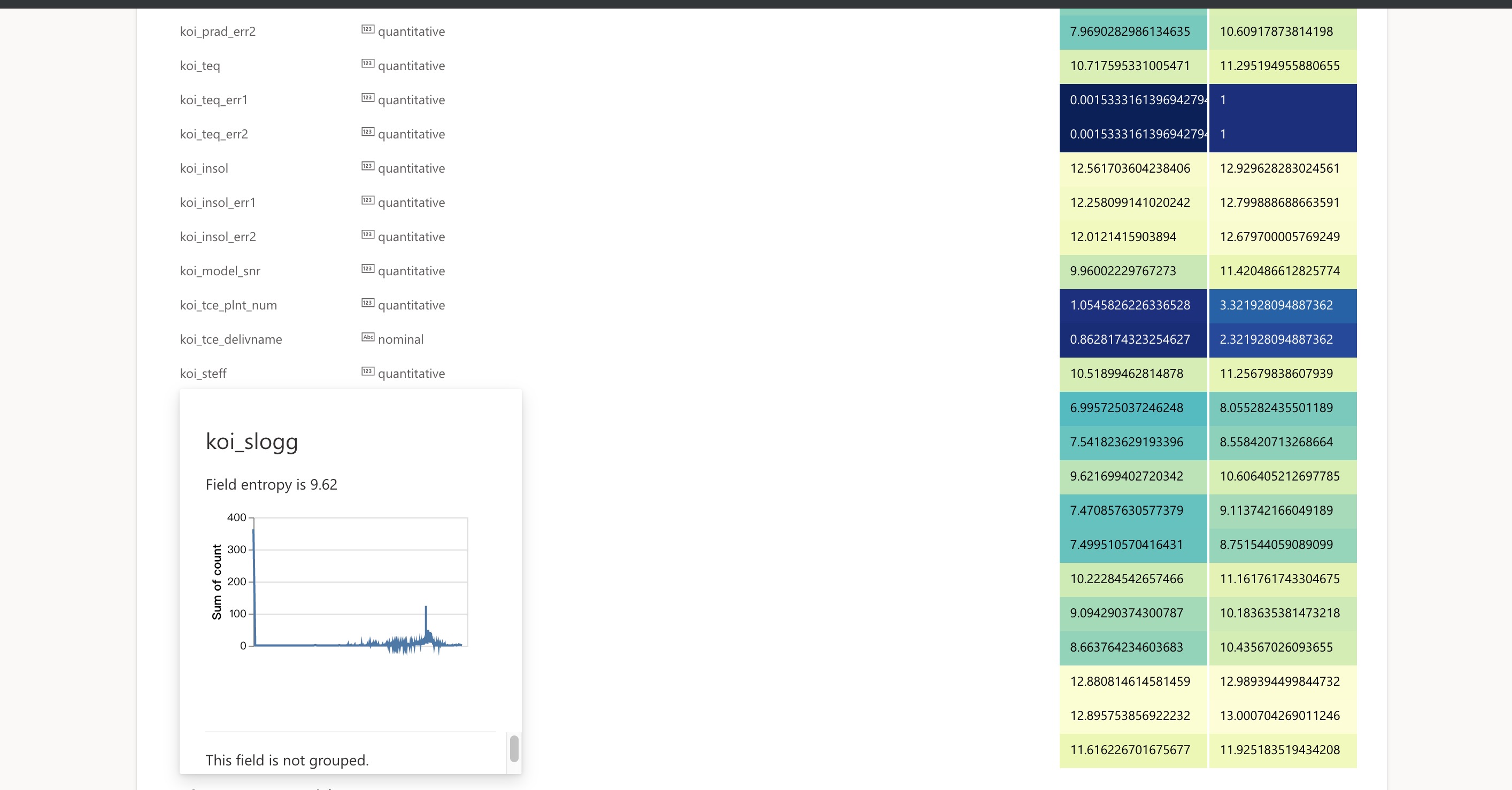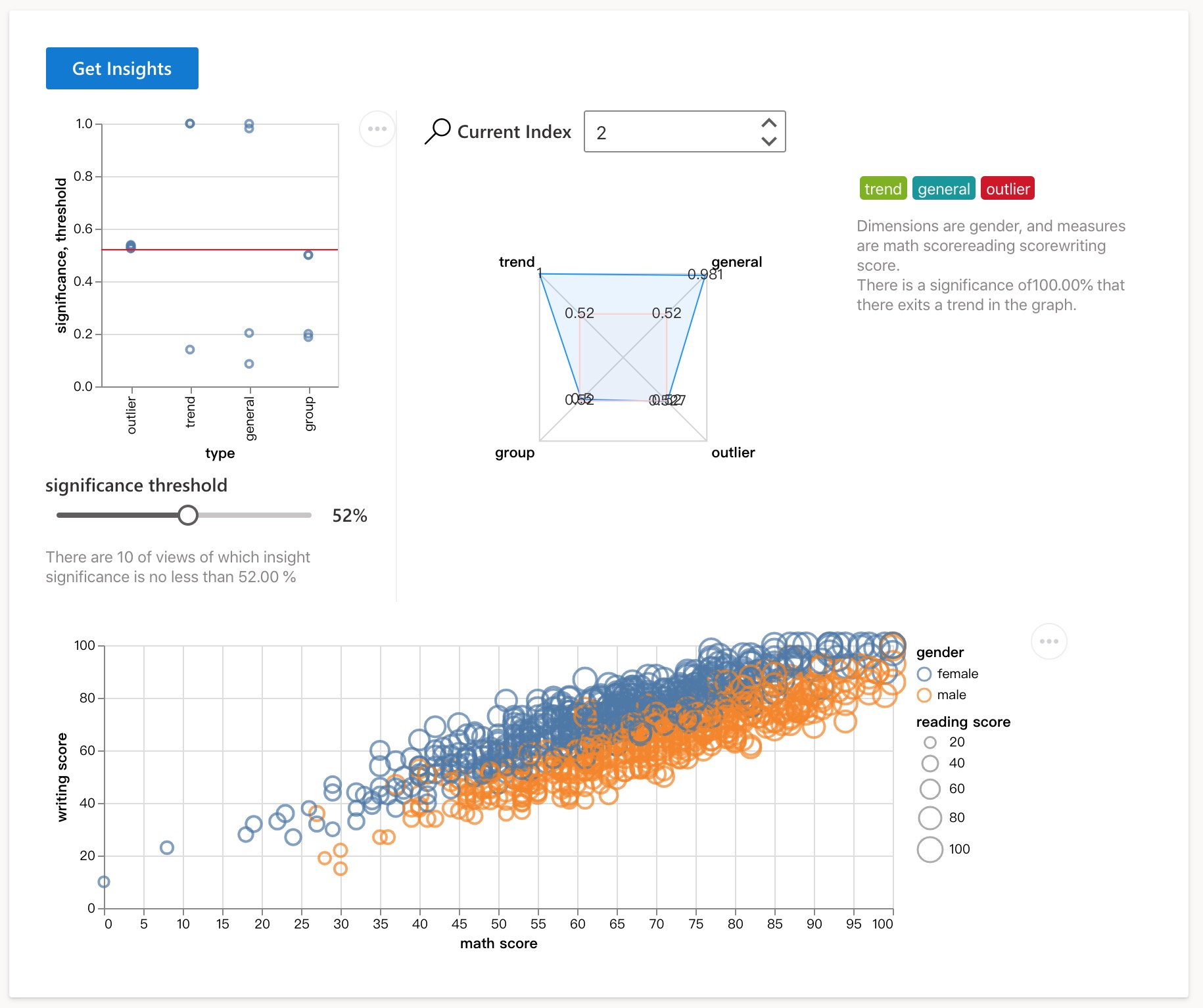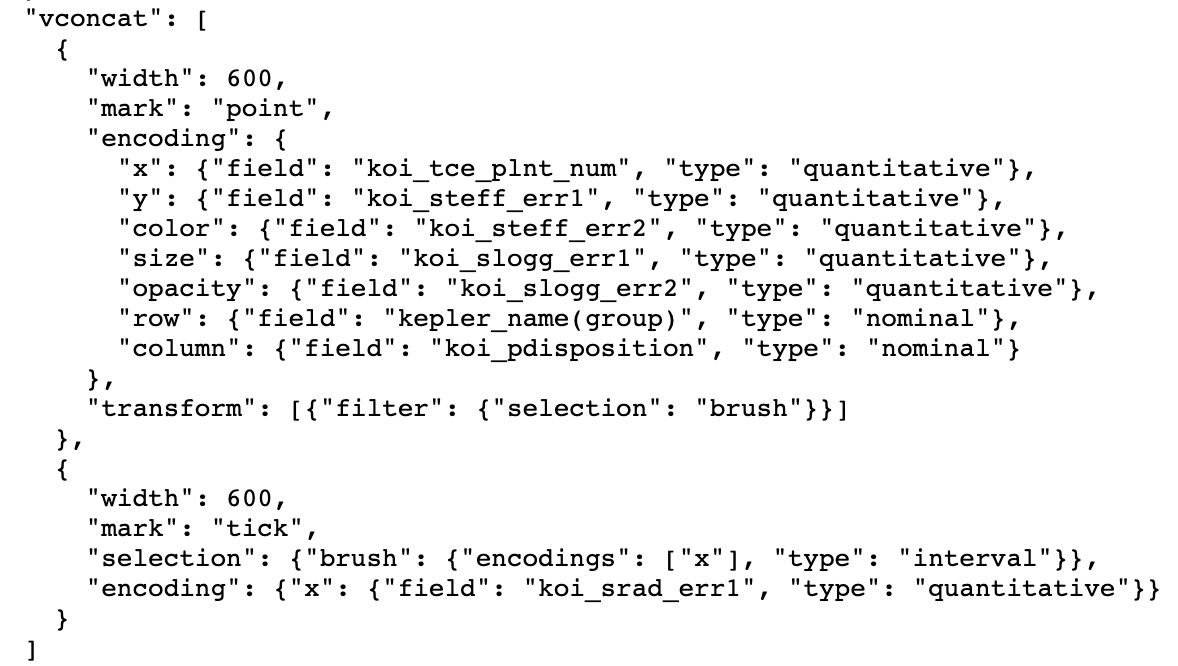Kanaries / Rath
Programming Languages
Projects that are alternatives of or similar to Rath
![]() English | 简体中文
English | 简体中文
Rath

Automatic insights extraction and visualization specification based on visual-insights.
Introduction
Rath helps you extract insights from datasource automatically and generate interactive visualization with interesting findings.
Here are main parts in Rath,
DataSource
dataSource board is for data uploading, sampling(currently support stream data, which means there is no limit of the size of file you uploaded), cleaning and defining fields type(dimensions, measures). In visual insights, we regard dimensions as independent variable or feature and measures as dependent variable or target.
Notebook
Notebook is a board for user to know what happened in the automatic analysis process and how rath uses visual-insights. It shows how decisions are made by the application and provide interactive interface to adjust some of the parameters and operators used by the algorithm.
Gallery
Gallery displays parts of the visualization with interesting findings. In Gallery, you can find interesting visualizaiton and use association feature to find more related visualization. You can also search specific info in gallery. There are some settings here to adjust some of the visual elements in the chart.
Dashboard
automantic generate dashboard for you. rath will figure out a set of visulization of which contents are connected to each other and can be used to analysis a specific problem.
Examples
Details of the test result can be accessed here
Usage
Try online demo
Download Desktop Version
run locally
(dev)
# under project root dir
yarn workspace visual-insights build
yarn workspace frontend start
yarn workspace backend dev
# localhost:3000
production mode
yarn workspace visual-insights build
yarn workspace frontend build
yarn workspace backend dev
# server:8000
only use the algorithm package. (/packages/visual-insights)
npm i visual-insights --save`
How does it work
The working process are visualized in notebook board in the application. *** Main process of the algorithm is shown in the notebook board. *** Here shows how rath use visual-insights to make a analytic pipeline.
Univariate summary
For the first step, rath analyze all the fields in the dataset independently. It gets the fields' distributions and calculate its entropy. Besides, it will define a semantic type (quantitative, ordinal, temporal, nominal) for each field. More details of the field will be displayed when hover your mouse on the fields.
Then, it will find the fields with high entropy and try to reduce it by grouping the field (for example). Only dimensions participates this process.
Subspaces
In this step, visual insights search the combination of fields. Visual-Insights suppose that any two fields appears in a view should be correlated with each other otherwise they should be display in seperated view. Visual-Insight now use crammver'V and pearson' cc for different types of fields' correlation.
Correlation
for example, the correlation of measures:
Clustering
It helps you to cluster all the measures based on their correlation. It puts all the variables who are strongly related together to make a specific view (with specified dimenions).
Insight Extraction
After we get many subspaces, we can check the insight significance of each space. Currently, visual-insights support trend, outlier, group(whether different groups of data behave differently for spefic measures)
Specification & Visualization
specification
visualization.
Documentation
- visual insight api: visual-insights
- doc for reuseable hooks: todos
Reference
Rath is insipired by several excellent works below:
- Wongsuphasawat, Kanit, et al. "Voyager 2: Augmenting visual analysis with partial view specifications." Proceedings of the 2017 CHI Conference on Human Factors in Computing Systems. ACM, 2017.
- B. Tang et al, "Extracting top-K insights from multi-dimensional data," in 2017, . DOI: 10.1145/3035918.3035922.
- Vega-Lite: A Grammar of Interactive Graphics. Arvind Satyanarayan, Dominik Moritz, Kanit Wongsuphasawat, Jeffrey Heer. IEEE Trans. Visualization & Comp. Graphics (Proc. InfoVis), 2017
- Cleveland, W., & McGill, R. (1984). Graphical Perception: Theory, Experimentation, and Application to the Development of Graphical Methods. Journal of the American Statistical Association, 79(387), 531-554. doi:10.2307/2288400
Story behind Rath
The word Rath is used in SAO Alicization as name of org. developing Soul Translator (STL) and Under World, which creates A.L.I.C.E. ('Rath' is original from Mome Raths in Alice's Adventures in Wonderland.) I use the Rath as the name of the project for hoping it can create something far more than I could imagine like Alice.







